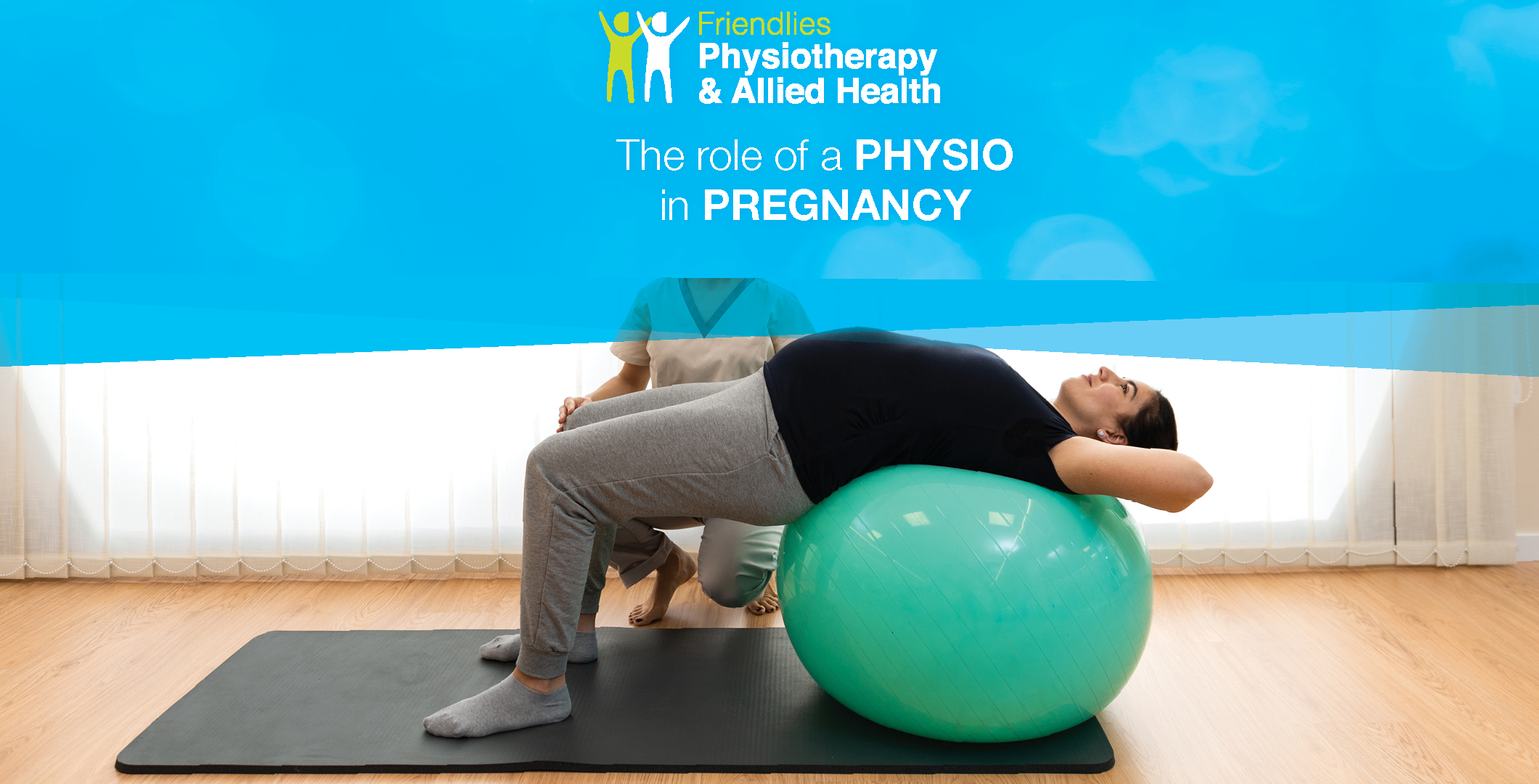
The role of Physiotherapy in Pregnancy and Postnatal care
Many changes happen to your body during pregnancy. A Physiotherapist can help you understand and work through those changes and manage other common problems.
Working with a Physiotherapist can relieve pain, build strength, prepare you for delivery and aid recovery after your baby is born.
We caught up with Physiotherapist Sara Atkinson from Friendlies Physiotherapy & Allied Health Services to find out more.
What is prenatal or pregnancy Physiotherapy?
Prenatal or pregnancy physiotherapy involves using a Physio’s understanding of the body and changes during pregnancy to support you through this time of life.
It’s common to experience lower back, hip or pelvic pain during pregnancy. You may also get upper back pain as the baby grows and the centre of gravity changes, pulling everything further forward.
Like many aspects of women’s health, we often think pain is part of the process but there are strategies to make you more comfortable when pregnant. That’s where Physiotherapists can help.
Physiotherapists can work with you to develop strategies for positioning during pregnancy and labour. Bracing and compression wear can offer support and help reduce pain. We also encourage you to begin pelvic floor education and pelvic floor exercises prenatally to aid postnatal recovery.
Prenatally, when should a woman see a Physiotherapist?
Pregnancy Physio consultations can begin at any time during a pregnancy. The ideal timing varies from person to person. The majority of women come to see us when pain and issues arise. That may be as early as 10 or 11 weeks into the pregnancy. Other women may make it to 31-32 weeks before any problems occur.
We often see active women or athletes come in early so we can plan together and develop strategies for return to activity after birth.
What is the role of prenatal physiotherapy in pain management?
There’s no blanket rule. Approaches for managing pain depend on what’s happening with your body. By touching base with a Physiotherapist when you’re uncomfortable, we can discuss your symptoms and develop an individualised treatment plan.
As your body changes, the way you move should change too. A physiotherapist can advise on how to move and make life and work easier.
Often, sleeping becomes uncomfortable as pregnancy progresses but sleeping is not usually discussed in prenatal classes. Adapting your sleeping position can help. Sleeping on your side and using pillows to maintain the alignment of the pelvis can take the pressure off the tummy and back.
What happens to the pelvis and pelvic floor during pregnancy?
The body changes a lot during pregnancy and must adapt to prepare for birth. The ligaments and joints loosen, allowing the pelvis to expand in preparation for delivery. This unlocks the pelvis and creates more movement than usual which is often the cause of the lower back or pelvic pain.
The pelvic floor is always loaded against gravity when we’re standing and moving. With the extra weight of carrying a baby, additional pressure is drawn down through the pelvic floor.
That’s why pelvic floor strengthening is essential for all women, regardless of whether you’ve delivered vaginally or via C-section. Either way, you had the pressure of a baby loading your pelvic floor for nine months.
What is the role of pelvic floor exercises and when you should get started with those?
One of the most important aspects of Physiotherapy during pregnancy is to support you to start pelvic floor exercises to prepare the muscles and put you in a better position for birth and recovery.
Many people think doing pelvic floor exercises during pregnancy can make tearing worse during birth but that’s not the case. With any surgery, such as a knee replacement, if muscles are healthier before you go in, you’re in a better position for rehab afterwards. It’s the same with pelvic floor muscles and giving birth.
Most women won’t have pelvic floor issues until after birth. Some of those can be avoided or minimised by starting pelvic floor exercises early. Working on those muscles prenatally is even more critical if you have a pre-existing pelvic floor issue.
How can a Physiotherapist assist with preparation for labour?
We can provide advice and education on finding a comfortable position that’s right for you. If you have pain or discomfort, you can try several different positions. Examples include gently bouncing on a ball or leaning forward on your hands and knees to transfer the baby’s weight away from the back and pelvis.
How can postnatal Physiotherapy support a faster return to normal activities?
A Physiotherapist can assist your body to get back to where it was before pregnancy. Postpartum physiotherapy can guide the return to exercise which is different for everyone, depending on the previous level of activity.
It’s a good idea to see a Physiotherapist 6-8 weeks after birth for a postnatal check. At this time, we can assess and help you understand what’s happening with your pelvic floor and then develop a plan to return to exercise. If your pelvic floor hasn’t regained full strength and you start running, it can make things worse.
Post-pregnancy Physiotherapy can assess and treat any postnatal pain and demonstrate exercises to improve muscle strength if there is abdominal separation.
Are there strategies for managing incontinence after giving birth?
Many women think incontinence is expected and something they just have to live with. Hearing our grandmothers say they couldn’t jump on a trampoline anymore due to leakage normalised incontinence. But it isn’t normal to have incontinence anymore. You can work on techniques with a Physiotherapist to improve continence and return to normal.
It’s always a good idea to touch base with a Physio after birth to see how you are going. Anyone who has issues with ongoing pain, incontinence or who wants to return to higher-intensity exercises should come in for a postnatal physio check-up. Contact Friendlies Physiotherapy & Allied Health Services on 07 4331 1888 to book an appointment.